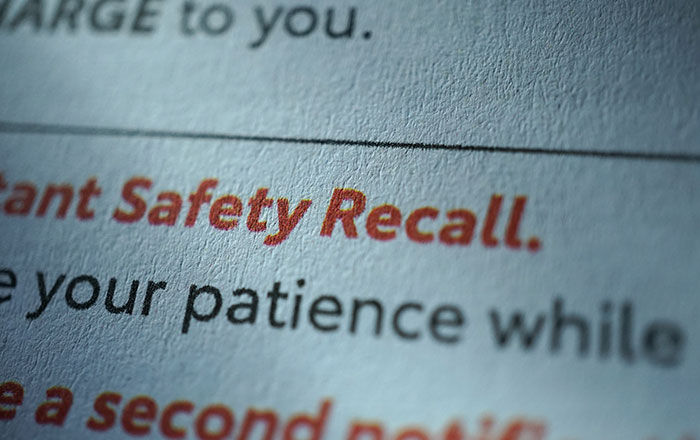Whether you are unable to work as the result of an accident or an illness, the results can be devastating. Being out of work means that there is no money coming in, putting a significant strain on your finances.
Even worse, the expenses associated with your illness or injury keep adding up, piling on and on even as your income plummets and you find it increasingly hard to make ends meet. In essence, finding yourself disabled and unable to work is a double whammy – dealing a deadly blow to your finances at a time when you need the money more than ever.
Disability Programs Can Ease the Pain
The government recognizes the significant burden disability places on workers. That is why there are a number of state level disability programs, as well as Social Security Disability on the federal level, designed to ease the fiscal pain and help injured and disabled workers get back on their feet – and back to work.
Unfortunately, taking advantage of those state and federal level disability programs is easier said than done, and the arcane rules, confusing eligibility requirements and other barriers can cause even the most severely disabled to give up in frustration.
What is a Disability?
In order to make the most of existing disability programs and get the financial relief you deserve, you first need to understand what constitutes a disability. The definition of disability may seem obvious, but it can be very complicated indeed.
If you expect to qualify for relief under the Social Security Disability (SSDI) program, you need to understand the criteria. In order for a given condition to qualify as a disability under SSDI, it must meet a specific five step test. The Social Security Administration uses this five step test to determine eligibility for disability benefits, so it is helpful to look at each part of the process separately.
Step 1 – Is the Claimant Working?
The work question is the first step in the eligibility determination process, and the easiest to understand. The staff at the Social Security Administration will first determine if the claimant is currently working, and how much money they are earning.
Individuals who have worked within the current year and earned an average of more than $1000 a month are typically not eligible for disability. According to the Social Security Administration, claimants who are currently working and earning $1000 or more monthly are not disabled.
Step 2 – Is the Condition Severe?
Severity may be in the eye of the sufferer, but the Social Security Administration uses some very specific criteria to determine if the disabling condition is severe. To the SSA, a severe disability is one that interferes with the most basic work activities, rendering the individual unable to do their job.
Those whose disabilities are deemed severe by the Social Security Administration can move on to the next step in the process. Those who fail the SSA severity test will typically be denied disability benefits.
Step 3 – Is it a Disabling Condition as Defined by the SSA?
The Social Security Administration maintains an extensive list of disabling conditions, and its claims administrators compare the applicant’s situation to that list. The list of disabling conditions maintained by the Social Security Administration includes a wide range of major medical conditions so severe that they will automatically qualify the claimant for disability benefits.
If the claimant’s condition is not included on the standard list of disabling conditions, the staff at the Social Security Administration will decide whether the situation is as severe as a condition that is on the list.
Step 4 – Can the Applicant Perform Their Previous Work Duties?
In determining eligibility for SSDI benefits, the Social Security Administration sill look at whether or not the applicant is able to perform their previous work duties. This determination will be made if the SSA has previously determined that the condition is severe, but not as severe as other conditions on the approved list.
If the Social Security Administration determines that the applicant is able to perform their job duties, and that their disability does not interfere with those duties, the agency will typically deny the claim. In that case, the applicant would be ineligible for benefits under the SSDI program.
Step 5 – Can the Applicant Perform Any Other Kind of Work?
If it is determined that the applicant is not able to perform their previous work-related duties, the Social Security Administration will next look at whether or not the claimant can perform any other kind of work. In making their determination, the agency will consider a number of factors,. Including the age of the applicant, any current medical conditions, level of education and past work experience. The individual making the determination will also look at transferrable skills that could allow the applicant to find meaningful employment, even if he or she is not able to perform their previous job function.
If it is determined that the individual is not able to reasonably adjust to any kind of work, the disability claim will typically be approved. If the applicant is able to perform other kinds of work, the claim will probably be denied.
If you find yourself disabled and unable to work, it is important to contact an experienced SSDI attorney as soon as possible. The process of applying for SSDI benefits can be complicated, and having the assistance of an experienced attorney can help you navigate the system and get the benefits to which you are entitled.

















